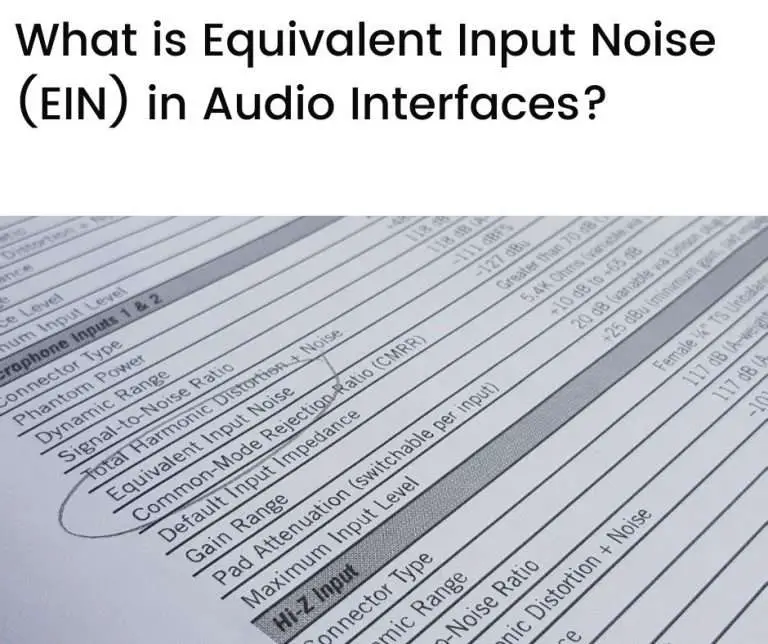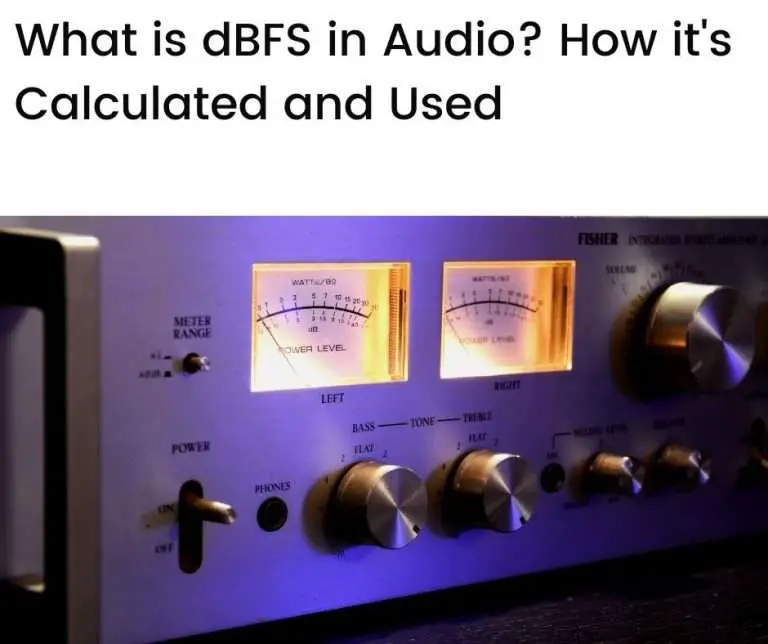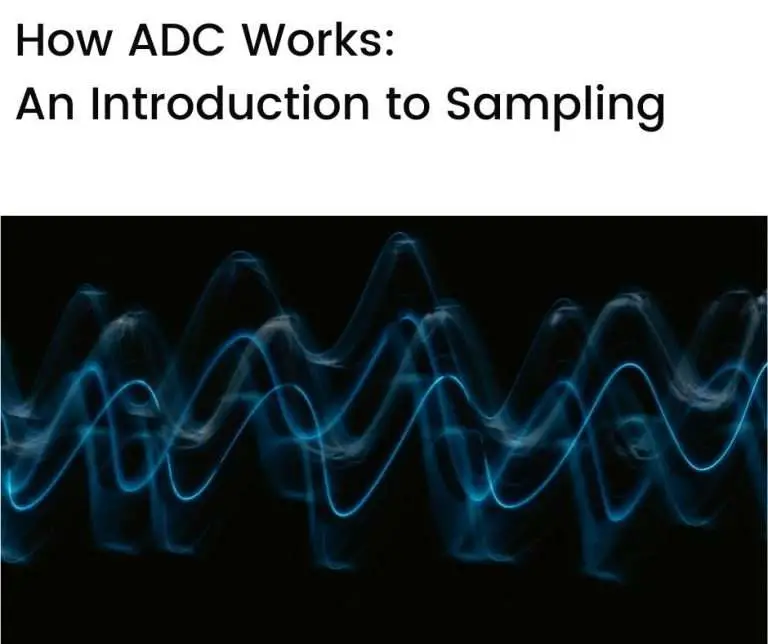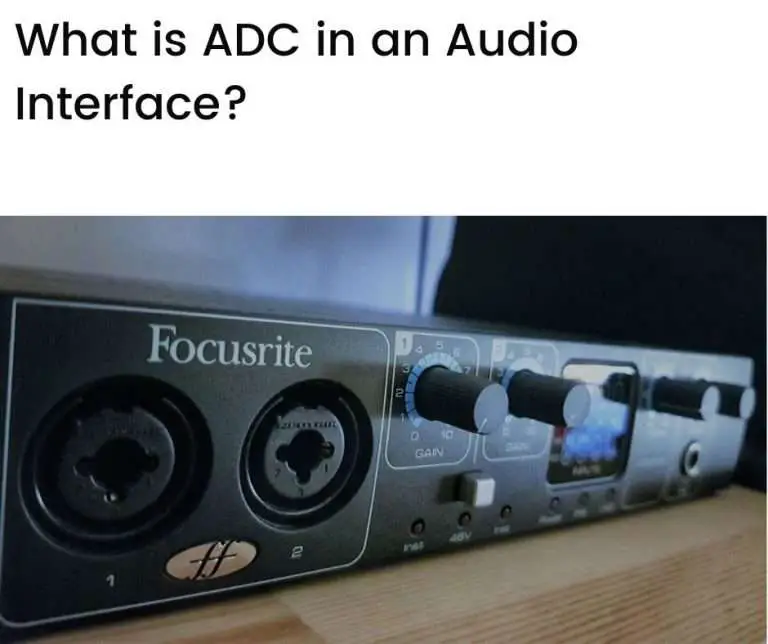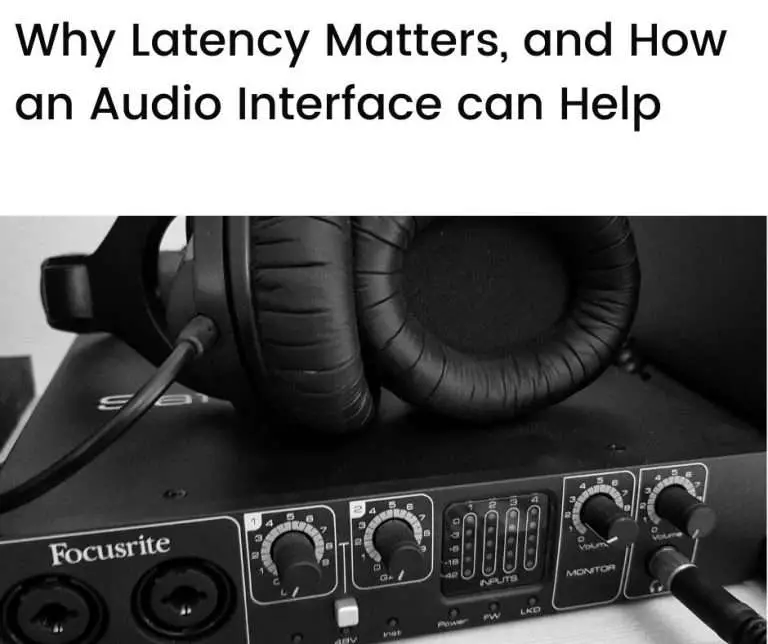Equivalent Input Noise, or EIN, is a measurement convention used for specifying noise levels in pre-amps. It is expressed in units of dBu or dBV and is quoted as a negative number. Typical values of EIN are in the range of -120 dBu to -129 dBu. EIN is an important consideration for audio interfaces that…
